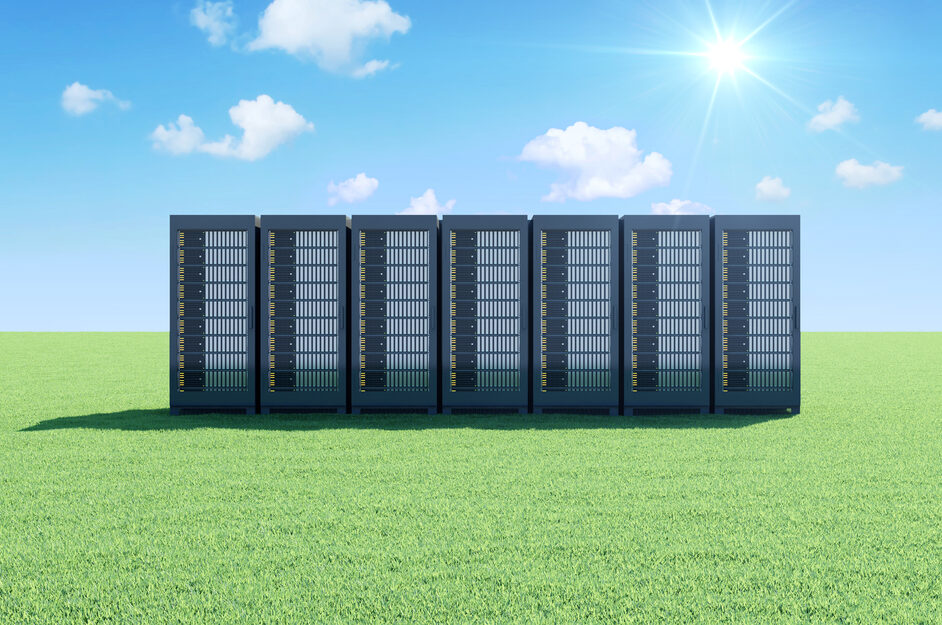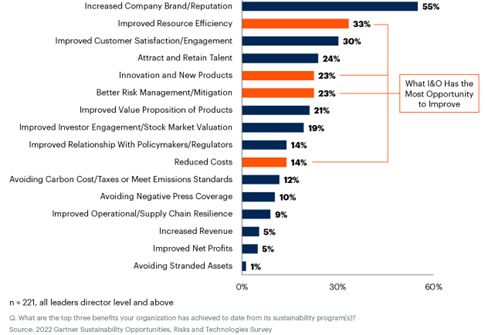
As climate change remains a top global concern, data centre infrastructure sustainability programmes are becoming increasingly popular. According to Gartner, by 2027, a staggering 75% of organisations are predicted to have implemented a sustainability programme for their data centre infrastructure. This number represents a significant increase from less than 5% in 2022.
These findings were discussed at the Gartner IT Infrastructure, Operations & Cloud Strategies Conference held in London on 20-21 November 2023. Autumn Stanish, Senior Principal Analyst at Gartner, explained that the drive for data centre sustainability is due to a combination of cost optimisation and stakeholder pressures.
Responsibilities for sustainable practices are now being passed down from CIOs to infrastructure and operations (I&O) leaders. As a result, many organisations have increased spending and investments in environmental solutions. However, Stanish emphasises that environmental impact should not be the sole focus. Sustainability can provide additional benefits such as brand enhancement, innovation, resilience, and talent attraction.
Gartner conducted a survey of 221 respondents from North America, Europe, and the Asia-Pacific region in the latter half of 2022. The survey indicated that environmental performance of IT infrastructure is only one aspect of a robust I&O sustainability strategy, with most benefits being indirect.
Stanish stated, “Success in aligning the I&O strategy with critical business outcomes requires a more comprehensive approach that recognises the indirect benefits that come with sustainable IT operations.” This is particularly true for organisations in industries where IT is crucial to the business, such as financial services.

The Gartner survey identified the top three indirect benefits of implementing a data centre infrastructure sustainability programme as follows:
1. Reduced Costs: By deferring the purchase of new equipment and better managing, optimising or redeploying existing resources, I&O leaders can benefit both the environment and their budget. Gartner reports that organisations can experience up to 60% in cost savings by simply extending product life spans from three to five years. Furthermore, optimising server utilisation and storage capacity can reduce waste and save money.
2. Innovation: Sustainable strategies can drive innovation and growth through new products and business models. Technology hardware vendors are releasing new products and services based on AI technology, analytics insights, and circular business models. Stanish pointed out that “the core focus of many enterprises with a sustainability strategy is actually around how they can use it to drive innovation, differentiation, and growth through new products and business models.” However, fewer than half of I&O leaders surveyed are currently taking advantage of these business benefits beyond reduced energy costs.
3. Better Risk Management and Mitigation: In an uncertain market with fluctuating prices and supply constraints, adopting sustainable recycling and resource utilisation practices can lead to greater resilience and improved risk management. This includes using renewable energy, generating their own power, and reusing and redeploying equipment as much as possible.
The Gartner survey also found that over 85% of business leaders agree that sustainability is an investment that protects their organisation from disruption.
Data centre infrastructure sustainability programmes are set to become the norm by 2027. As organisations recognise the various benefits of sustainable IT operations, including reduced costs, increased innovation, and improved risk management, the push for sustainability will continue to grow.



